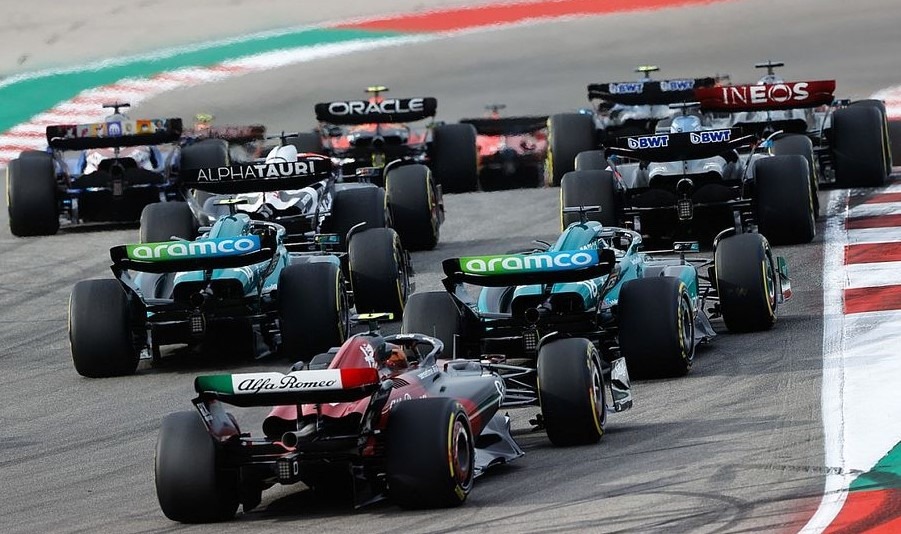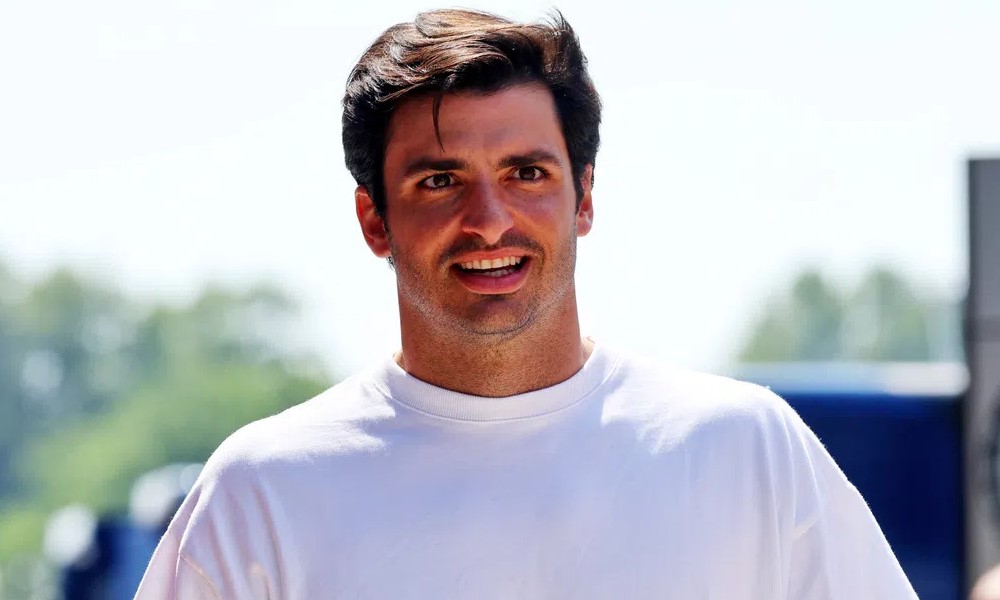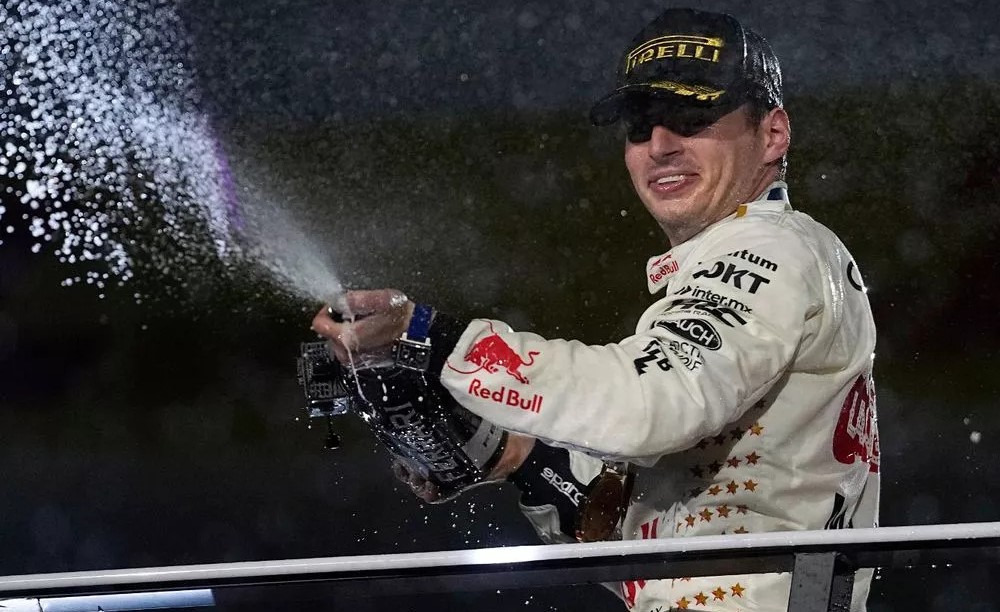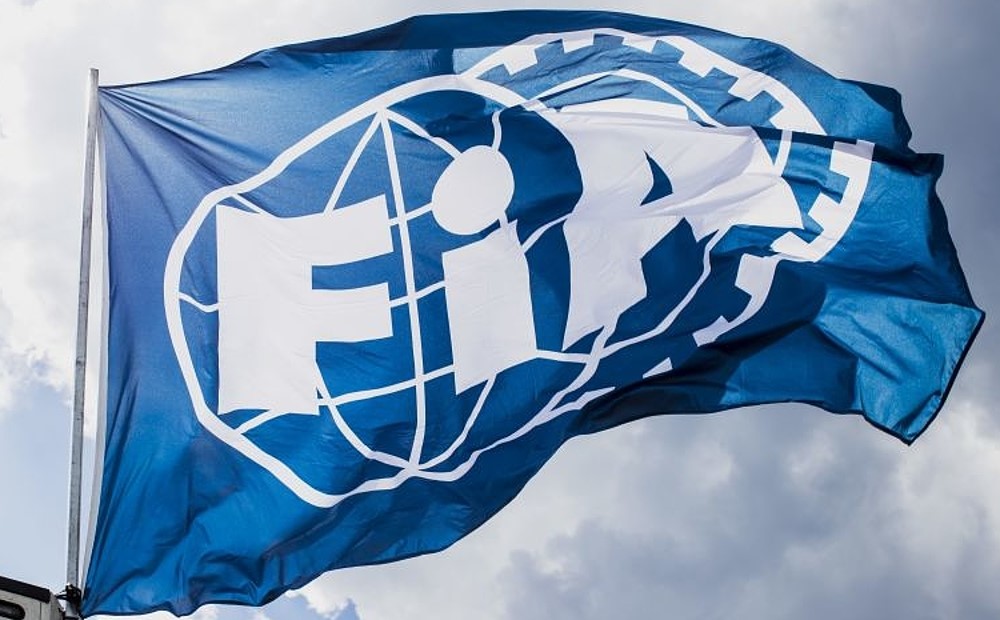The FIA will be introducing new Artificial Intelligence technology at this weekend’s F1 Abu Dhabi Grand Prix in an attempt to better monitor track limits.
The Formula 1 governing body, FIA, has announced plans to make use of Artificial Intelligence in order to more effectively monitor track limits with testing of new technology taking place this weekend in Abu Dhabi.
As part of the trial, F1’s governing body will implement “Computer Vision” to automatically handle any suspected track limits infractions at the 2023 season finale in Abu Dhabi.
It is projected that the technology will be able to determine when cars have gone beyond track limits more accurately and reduce the necessity for human final checks, which were previously required.
Additionally, it would be beneficial in speeding up processes at the FIA’s Remote Operations Centre (ROC), which was established following the investigation into the 2021 Abu Dhabi Grand Prix fiasco.
If AI is successful, it will assist Formula 1 in resolving some of the incidents related to track limit violations. The head of the ROC, Tim Malyon, stated that the primary purpose of AI was to filter out incidents that did not require human judgment.
“At the moment we’ve ‘brute forced’ the situation by saying ‘we need to make thousands of checks, how do we do that?” Maylon asked. “Well, we throw people at it, because that’s the most accurate solution.
“What we’re looking to do now is introduce a level above ROC, and that’s AI software.
“Again, it might sound strange but the methodology with this AI has a lot of parallels with discussions going on in medicine at the moment and the use of Computer Vision, for example, to scan data from cancer screening.
“What they’ve concluded is they don’t want to use the Computer Vision to diagnose cancer, what they want to do is to use it to throw out the 80% of cases where there clearly is no cancer in order to give the well-trained people more time to look at the 20%. And that’s what we are targeting.”
Malyon clarified that the goal was to lower the number of reports that can be expected from a grand prix from the current 800 to 50, which will be considerably simpler for FIA stewards to handle.
The FIA is testing computer vision this weekend in Abu Dhabi in conjunction with new systems designed to increase the accuracy of car location as part of its efforts to implement the new systems.
According to FIA’s single-seater head of information systems strategy Chris Bentley, the organization has implemented a system called Catapult, which relies on receivers to provide precise locations.
“There are examples in NFL where they can identify every player on the pitch, even if they’re in a big huddle,” he said. “We can also use that technology on our live feeds.
“That will be the same as the new tool, and then we will be able to draw the ‘lines of interest’. And then the AI would learn as it goes along.”
The FIA had 1200 possible infractions to sort through. at the Austrian Grand Prix in July.
According to Malyon, one of the most important takeaways from the track limit issues that surfaced in Austria this year was that employing technology to notify the FIA of breaches was not the most effective way to verify violations.
The human eye was more useful in this regard than timing loop analysis or data from car detection systems.
“What we’re trying to do for the future is improve all of that technology and deploy new ones,” he said. “Car positioning continues to be developed to improve accuracy.
“We’re also planning to double the size of the ROC in terms of the number of people going from four to eight, next year, and we will double the connection bandwidth between the track and Geneva to facilitate more people working remotely.”





